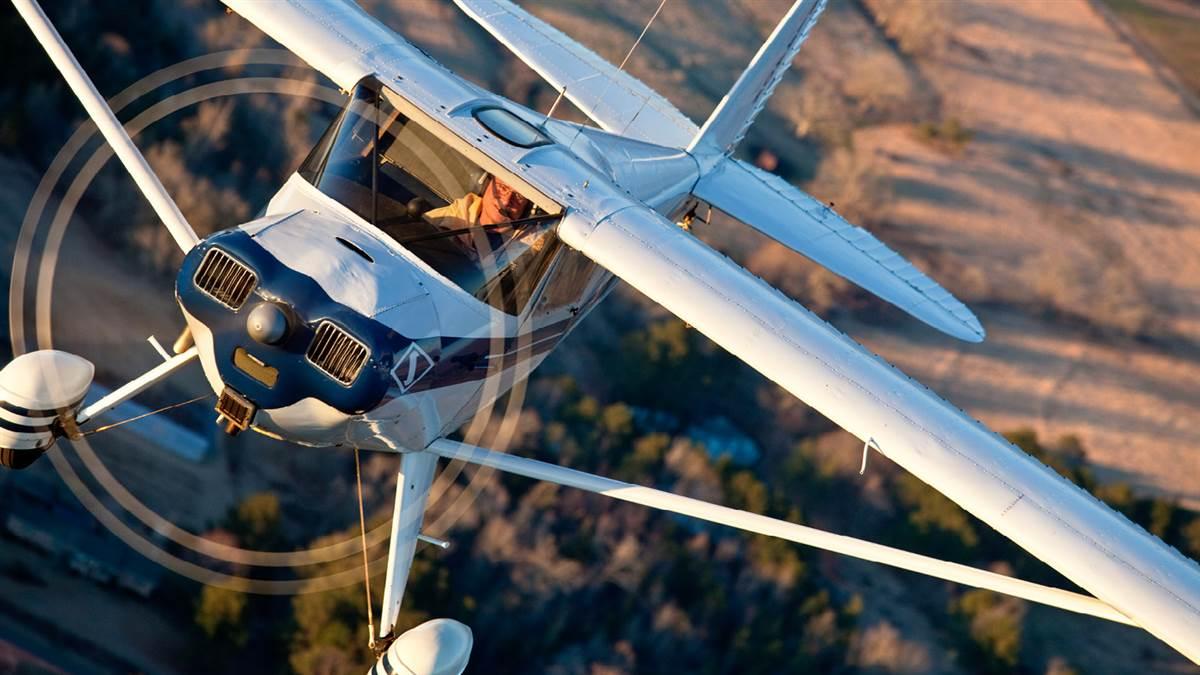Budget buy: High-performer could be 'squirrely'
Luscombe series aircraft

Instead of 60 miles an hour, pilots were blasting along at 100 mph behind 85 angry horses. Early models of the Luscombe qualify as a Light Sport aircraft, including the Luscombe 8 through 8D. It’s a tailwheel airplane of two and four seats (in the Luscombe 11). Early in its life it had an undeserved reputation for being “squirrely on the ground,” caused by pilots who used the heel brakes after landing. The only reason brakes are needed in a Luscombe is to park it, one owner said.
THE REAL WORLD
Lars Persson of Fort Pierce, Florida, recently sold his Luscombe 8E after 50 years of ownership. He got 100 mph in cruise but didn’t use the maximum cruising power of his 85-horsepower engine. It burns only 4.2 to 4.8 gallons per hour. It is economical to maintain, meaning that he and his friends can do an annual inspection for $200. He thinks a 100-horsepower Continental O-200 engine would be ideal for the aircraft. Persson's 85-horsepower engine never gave him any trouble except for the day he made a successful landing on an airport after getting carburetor ice, despite selecting full carburetor heat. Visibility over the nose is great but its downward slope makes new pilots think a climb attitude is straight and level. Persson’s 8E has twin fuel tanks in the wings while some earlier Luscombes had only one centrally located tank. Lest you think the Luscombe is only a two-place airplane, Merrill Bumbaugh of Fort Pierce, Florida, has a Luscombe 11A that carries four at 130 mph burning 10 gallons per hour. The Model 11 was designed to specifications of the Flying Farmers of America and could carry six cans of milk in the back if the backseat was removed. There were 90 built, and 28 are still registered. His airplane has a 165-horsepower Continental O-540 engine that was later improved and ended up powering the Navion aircraft. By then it had become a 225-horsepower engine.
Alton K. Marsh is a freelance aviation writer.
Whom to contact
Luscombe Association, 548 West James Street, Columbus, Wisconsin 53925; 262-966-7627; www.luscombeassoc.org; e-mail [email protected].



